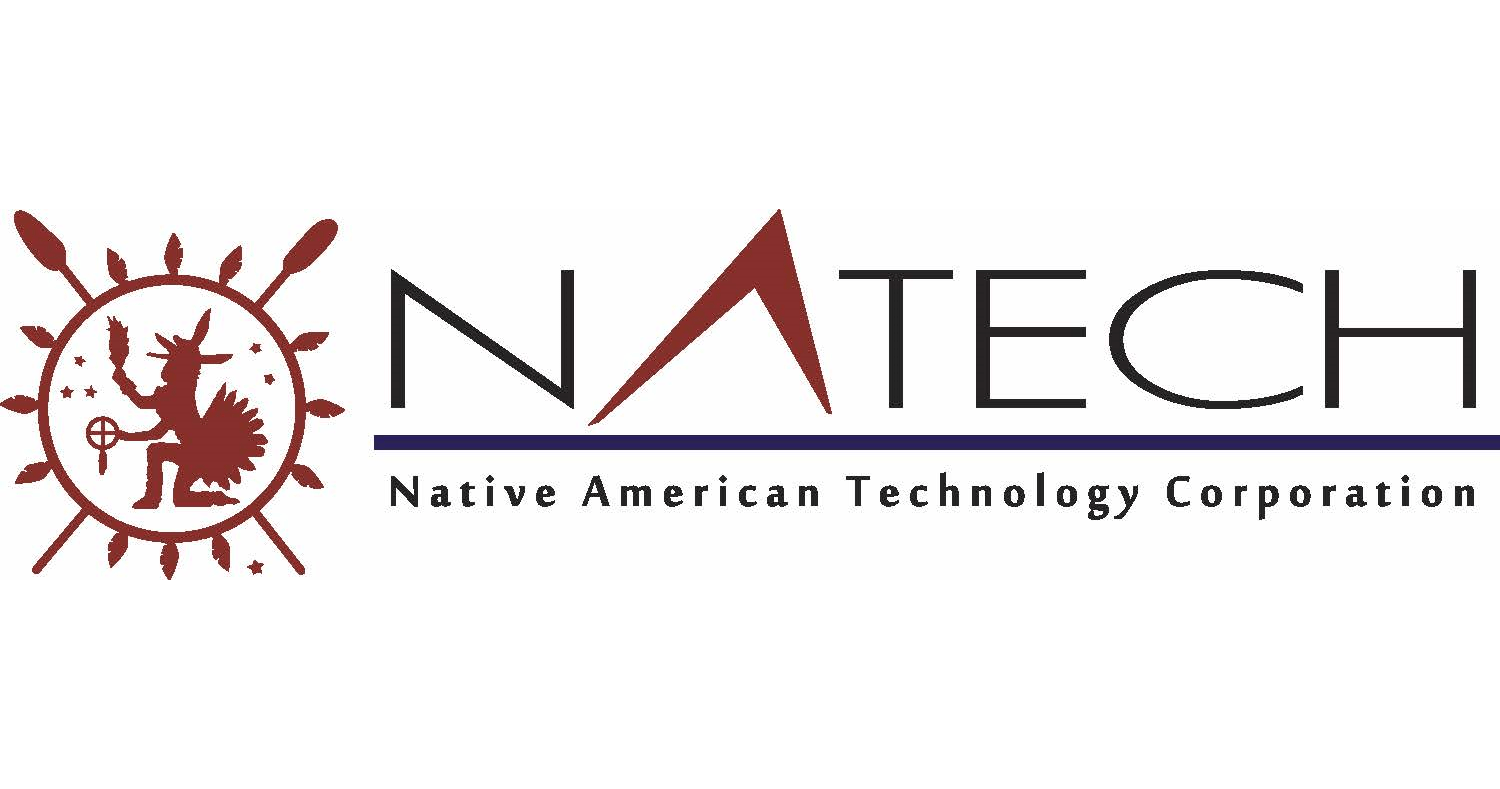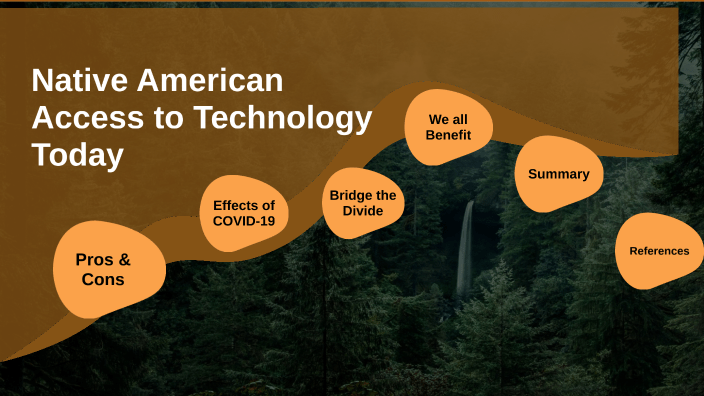Native American Technology communities are no different and have information of innovation and clean overseas. As a result, Native Americans have always been resourceful when it came down to technology and finding the best ways to continue to live. Technology training for these groups today is considered a wonderful opportunity for intervention and unlocking the future potential each group has.
The Importance of Technology Training for Native American Communities
Today’s generation’s life is categorized by advanced technologies and using that as a class advantage is a smart move. Whether for education, health, work, or to keep traditions limber, technology is key when it comes to change. Alas, existing problems and issues of Native American Technology American people including poor availability of stable Internet connection, and less outlets containing educational technologies, set back their technological development.
Training in technology becomes a link to eliminate these barriers. Such programs work to empower people with the necessary skills to open up opportunities to move into better paid occupations, careers as independent business owners, and other creative endeavors that allow Native cultures to be documented and maintained.
Bridging the Digital Divide
The Challenges
The “digital divide” is defined as the difference between people in terms of the availability and utilization of current generations technology. To many Native American Technology groups, however, this split is clear cut. Poor connectivity, insufficient resources, and attending social disadvantages are reasons why some of the reserves had limited or old technologies.
The Opportunities
It is for this reason that technology training initiatives aim at filling this gap. Such programs as the Tribal Broadband Connectivity Program are meant to ensure the provision of broadband internet in the targeted regions. When connection is established, technology education guarantees Native people the ability to harness the internet to its fullest potential, including programming, and digital advertising.
Empowering Through Education
Tech in the Classroom
Education is a key ingredient as far as empowement is concerned. Technology is in the process of being integrated in schools on reservations The Center for Indian Country Development and learning technologies. It has also been seen that to capture the students’ interest teachers are employing feedback and feed forward mechanisms with the help of digital teaching aids. For instance, with the help of the interactive software, students can learn STEM (science, technology, engineering, and mathematics) lessons, and, thus, might consider tech job opportunities.

Vocational Training
There is the need to break the traditional methods of learning and adopt these vocational programs as important. These focus on the technical area of training and development such as information technology, application development and security, etc. Apart from Code Talk, a program for Native American women offers accommodation training there on web development and other IT related fields, through which many are placed in well paying tech jobs.
Preserving Cultural Heritage Through Technology
Another best favorable attribute of Native American Technology Training training is its constructive contribution to the preservation of culture. In technology, it becomes possible to record and pass down Native languages, customs and histories that may otherwise would not be preserved.
Digital Language Revitalization
A lot of Native American languages are considered endangered. With the help of technology mobile applications, courses and libraries have been used to maintain these important aspects of cultural activities. For example, the Cherokee Nation has created new applications to impart their language or other tribes use videos and hrs to expose the learners to traditional practices.
Virtual Museums and Archives
Through Virtual museums, all the tribes can post their historic stories to the global platform. Information technology education helps Native people to develop such sites and make sure that their histories are presented correctly. Resources such as the Indigenous Digital Archive enable members of those communities to upload artifacts, listen to narratives and research documents on their own.
Tech Entrepreneurship in Native Communities
A Growing Field
From innovation to performance, and opportunity to growth, entrepreneurship becomes the ultimate savior of Native American societies and technology its foundation. For instance, some young entrepreneurs have set up e-commerce firms and firms that create interesting new applications.
Support for Native Startups
Others like Native Edge Institutes are training centers for budding managers and business people, giving them ideas of how they can develop their businesses using social media platforms. They assist in translating concepts into real projects thus empowering the economy together with its people.
Careers in Technology: Unlocking Opportunities
High-Demand Skills
This industry is one of the most promising and fast growing industries in the world, and well-trained Native American Technology have enormous opportunities. Professions that demand high skills include coding, data analysts and cloud computing to name but a few offers well paying jobs.
Breaking Stereotypes
Today, the Number of Native Americans choosing STEM careers is still limited as compared to other groups of people. Tech training initiatives offer hope for Native youth to gain access to the information that will enable them to be tech pioneers and shatter prejudices.
Community-Led Initiatives
Another advantage of Native American technology training is that it focuses on leadership among members of a community. Increasingly, tribes are assuming more control over program development and are creating initiatives in their own images.
Tribal Technology Offices
Some tribes have set up their technology offices whose core function is to offer technology solutions such as IT, cyber security among others, to these tribes. They also have training offices to nurture skills of locals meaning that the implementations of the tech solutions are culturally relevant and sustainable.
Youth-Led Projects
Technology creation with the indigenous people is in the hand of the young individuals. Ranging from applications that educate children about the history of their tribe through to the websites for small businesses, such are innovative concepts, with passion and extraordinary possibilities for the new generation.
The Role of Partnerships
Tribal, nonprofit, and corporate relationships have been useful in the ongoing development of technology education. Currently, companies like Microsoft and Google have come together with the Native organizations to extend out their support and teach them.
Funding and Scholarships
A large number of organizations focus on awarding scholarships to Native American students who choose technology fields. They have it in a way that they relieve students from the pressure of finance so that they can be free to study.
Mentorship Programs
Other areas include and mentorship is another critical component Mentoring is another component. By matching Native students with practitioners in the world of technology, the course empowers these students and lays the groundwork for their future careers.
A Future of Innovation and Resilience
Technology training is not just made for purpose of providing skill in using an appropriate tool; rather it is for preparing for a future where native American does’ well. Here, the message is that the use of technology alongside the cultures kept alive thrives to become a model for survival and reinvention.
Sustainable Development
There is a trend of high oppression where most Native leaders fighting for their people’s concerns, such as climate change and social injustice, are tech-savvy. It is bondless what could be done for natural resource management by using data analytics or for connecting artisan to global markets by using aps.
Conclusion
Technological training is taking its toll in improving the lives of Native American in unimaginable ways. With these programs embedding the previously excluded or lacking native populations to the technological civilization, empowering education, safeguarding cultural history and advancing Native entrepreneurship, those programs are constructing the future that will give a voice to the Native people and acknowledge their ability and worth. Rather, it becomes a question of innovating and rising beyond the rest of the world to show that America is still the place to be for innovation, resources as well as culture.
FAQs
1. Why has technology training become relevant for Native American groups?
Since technology training closes the gap it assists people to gain skills in things such as education, employment and also in ways of passing on their culture.
2. What are some of the technology projects for Native American people?
CodeTalk intents to help Native communities while the Tribal Broadband Connectivity Program provides training and support.
3. In what ways does technology support the maintaining of Native American traditions?
Otherwise through applications such as language translation, virtual museums, and online archives, technological proactiveness provides for the documentation of Native languages, histories, and traditions.
4. Is there scholarship opportunities for Native Americans in this field?
Actually, there are a lot of organizations which offer scholarships and financial supports to Native Americans who want to get education in Information Technologies.
5. In what way can partnerships be prominent in the training of Native American technologies?
Links with nonprofit organizations and technological firms offer training, support and funds which increase reach and effectiveness of training.


